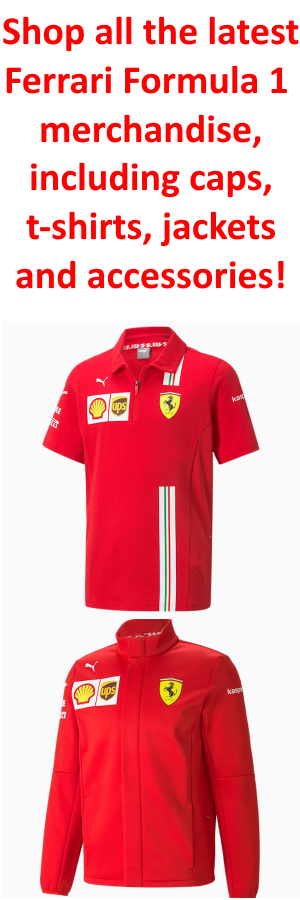Every year in Barcelona, Pirelli brings the toughest compounds in its vary as a result of the high-speed corners, which switch lots of power to the tyres, the excessive temperatures, and aggressive asphalt require extra resistant rubber. That was the case once more this season, but there’s one thing curious and “uncommon”: the toughest compounds don’t appear to be working, to the advantage of the softer ones.
It virtually appears paradoxical, as a result of each on single laps and over lengthy distances, the gentle tyre has confirmed to be the perfect compound amongst these introduced by Pirelli to Barcelona—a lot in order that it’s anticipated for use in two separate stints, alternated with a more durable compound, identical to in 2024.
This results in an attention-grabbing consideration: why has the onerous not managed to be efficient, to the purpose that groups already discarded a set throughout FP1? It’s logical to assume that, with this selection, the groups have been already conscious that the toughest compound wouldn’t be very aggressive, and the pattern seems to observe what has been seen previously.
Resulting from its format, the Barcelona observe requires quite vital compromises—not a lot (or not solely) when it comes to balancing sluggish and high-speed corners, however particularly in how the 2 axles are managed. The numerous fast corners, excessive temperatures, and one of the crucial aggressive surfaces of the season push groups to decide on rigorously which axle to prioritise.
An excessive amount of understeer, in an effort to guard the rear tyres, finally ends up destroying the front-left in high-speed corners, like flip 3 or the ultimate two quick corners of the third sector. Alternatively, if the setup focuses on defending the entrance to scale back understeer, the chance turns into extreme stress on the rear tyres. This may seemingly be a key theme for the race and will probably be attention-grabbing to look at how the observe evolves as soon as extra rubber is laid down.
Simone Berra from Pirelli defined that thermal degradation originates from traction zones—primarily these after the primary chicane, after flip 5, and after flip 10—that are probably the most crucial factors for traction. He confirmed how complicated it’s to seek out the best steadiness between the entrance and rear axles.
As for the entrance, he famous that it’s particularly overloaded in flip 3, which is a really lengthy nook. The front-left tyre is extra closely loaded than the rear-left, which results in excessive temperatures even on the entrance axle. Due to this fact, it’s primarily a matter of holding the temperature low on each axles.
It was no coincidence that many groups have been seen experimenting yesterday to seek out the best steadiness between entrance and rear, with wing adjustments (as within the case of McLaren) or a extra unstable rear finish, as seen on Pink Bull and Ferrari, who will definitely intention to appropriate this, particularly for qualifying.
Discovering this steadiness proved much more troublesome with the C1 onerous tyre, which supplies much less mechanical grip and tends to slip extra, triggering overheating and additional lowering traction. Maybe a extra rubbered-in observe may assist, however on Friday it was the worst-performing compound of the three—particularly contemplating that this yr the C2 has been introduced nearer to the C3 when it comes to efficiency.
Certainly, in the course of the first session, a number of drivers—together with Lewis Hamilton—instantly reported how little grip the toughest compound supplied, each on single laps (which wasn’t a shock) and over lengthy runs. Realistically, groups had already predicted this situation in pre-weekend simulations, additionally primarily based on historic information, which is why they discarded it instantly in FP1.
Simone Berra added that the C1 struggles with sliding, which creates vital overheating and thus poor tempo. On paper, it’s the most thermally resistant tyre. Nonetheless, the Italian famous that it doesn’t handle to generate grip on the asphalt, so the race tempo merely doesn’t materialise.
Unsurprisingly, Pirelli believes that the technique most prime groups ought to observe is gentle/medium/gentle, though surprises may come up—like in final yr’s race, when an early pit cease led to a extra inventive technique. Moreover, the gentle tyre in the beginning ought to supply additional grip, which is useful given the lengthy straight heading into flip 1 and the significance of avoiding soiled air within the early laps.
Simone Berra defined that, from Pirelli’s perspective, the C3 and C2 are very related. He said that the C3 is an efficient race tyre and that, since degradation is excessive, if there isn’t a pointy drop in efficiency—if front-left put on doesn’t attain 100%—and the tyres could be managed correctly, then the C3 turns into a great long-run choice. On an extended stint, he famous, its tempo was fairly just like the C2.
The Italian additionally added that this was one thing they noticed final yr too, in order that they have been probably not shocked. Furthermore, this yr the C2 and C3 are even nearer, since final yr’s C2 had much less grip and thus struggled extra, just like the C1. In contrast, this yr’s C2 gives extra grip and is nearer to the C3.




